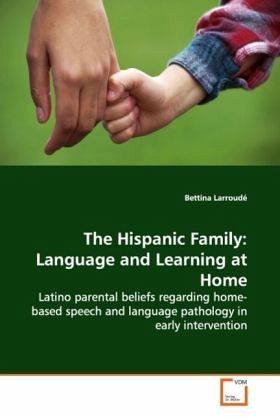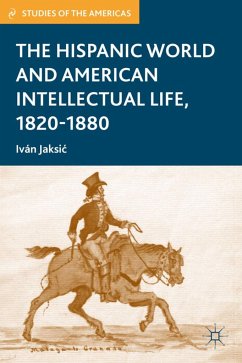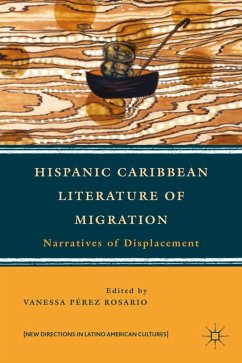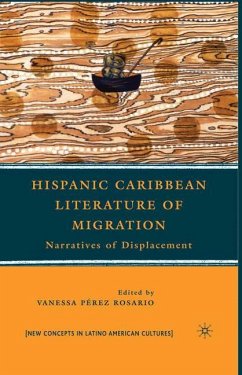
The Hispanic Family: Language and Learning at Home
Latino parental beliefs regarding home-based speech and language pathology in early intervention
Versandkostenfrei!
Versandfertig in 6-10 Tagen
39,99 €
inkl. MwSt.

PAYBACK Punkte
20 °P sammeln!
The purpose of this study was to investigate Latinoparental perceptions regarding home-based speech andlanguage pathology, the influence of cultural beliefsin child-rearing practices within the Latinocommunity in early intervention, and the relationshipthat exists between cultural beliefs and home-basedspeech and language pathology. Quantitative andqualitative methods were used as part of thecollection process. A survey was created toinvestigate child-rearing practices. The first part of the survey contained information about the age, years living in the United States, level of English fluency...
The purpose of this study was to investigate Latino
parental perceptions regarding home-based speech and
language pathology, the influence of cultural beliefs
in child-rearing practices within the Latino
community in early intervention, and the relationship
that exists between cultural beliefs and home-based
speech and language pathology. Quantitative and
qualitative methods were used as part of the
collection process. A survey was created to
investigate child-rearing practices. The first part
of the survey contained information about the age,
years living in the United States, level of English
fluency, and level of education of forty-five
caregivers who agreed to be part of this study. The
second part of the survey consisted of twenty-two
statements about child-rearing practices.
Frequencies, descriptive
statistics and correlation coefficients were used to
analyze the data. Nine interviews and nine
observations were conducted with parents/caregivers
purposefully chosen from the pool of survey
respondents. A system of codes, patterns and themes
were created to analyze the qualitative data with
final propositions being
developed as part of the conclusive analysis.
parental perceptions regarding home-based speech and
language pathology, the influence of cultural beliefs
in child-rearing practices within the Latino
community in early intervention, and the relationship
that exists between cultural beliefs and home-based
speech and language pathology. Quantitative and
qualitative methods were used as part of the
collection process. A survey was created to
investigate child-rearing practices. The first part
of the survey contained information about the age,
years living in the United States, level of English
fluency, and level of education of forty-five
caregivers who agreed to be part of this study. The
second part of the survey consisted of twenty-two
statements about child-rearing practices.
Frequencies, descriptive
statistics and correlation coefficients were used to
analyze the data. Nine interviews and nine
observations were conducted with parents/caregivers
purposefully chosen from the pool of survey
respondents. A system of codes, patterns and themes
were created to analyze the qualitative data with
final propositions being
developed as part of the conclusive analysis.












